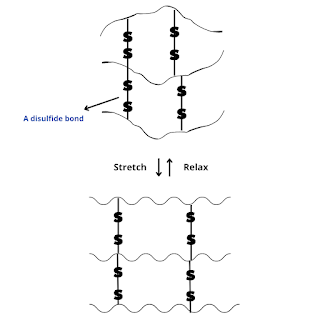Essential Elements in a Biological System and their Role

What are the essential elements in a biological system ? As the name suggests, elements that are essential or necessary for the life process are called essential elements . For example, Oxygen, Carbon, Hydrogen, Nitrogen, etc. Metals like Ca, Ni, Co, Zn , etc. are responsible for initiating or inhibiting reactions in biological systems. That's why in bioinorganic chemistry we investigate these metals in terms of their nutrition, toxicity, storage, and transport in biological systems. These elements are a must for normal growth and reproduction in living organisms and cannot be replaced by other elements. So, the following are some common essential elements that are found in humans and plants. 1. Calcium (Ca) Calcium is a critical essential element in all animals and human beings. A healthy human adult has about 1.05 Kg of calcium, out of which 99% exists as phosphates, resembling the mineral hydroxyapatite [Ca₁₀(PO₄)₆(OH)₂] in bones and teeth. The small remainder of calcium is ...


